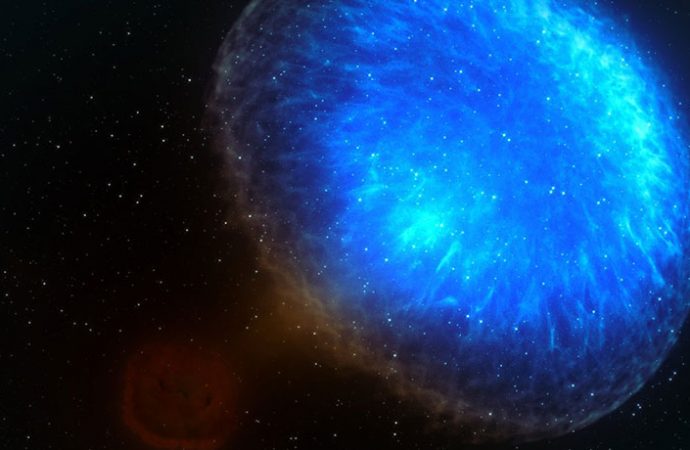Puzzled scientists expected the brightness to fade quickly
More than 100 days after two neutron stars slammed together, merging into one, new telescope images have revealed that the collision’s lingering X-ray light show has gotten brighter. And scientists don’t fully understand why.
NASA’s orbiting X-ray telescope, Chandra, previously picked up the X-rays 15 days after gravitational waves from the cataclysm reached Earth on August 17, 2017 (SN: 11/11/17, p. 6). The merged remnant then spent several months too close to the sun for its X-rays to be seen.
When the remnant reemerged from the sun’s veil on December 4, it was about four times brighter than when it was last spotted, Daryl Haggard of McGill University in Montreal and her colleagues report January 18 in Astrophysical Journal Letters.
The glow may be tapering off. The XMM-Newton space telescope found on December 29 that the X-ray signal may be starting to weaken, according to a paper published January 18 at arXiv.org.
“The plot is about to thicken,” says Haggard. Chandra has collected new data to look for a drop in brightness.
Scientists are debating how to explain the enduring X-rays. Neutron star collisions are expected to emit bright jets of material, creating X-rays that fade quickly. The long-lasting X-rays might be explained by a “cocoon” of debris (SN Online: 12/20/17), among other possibilities.
Source: Science News

































Leave a Comment
You must be logged in to post a comment.